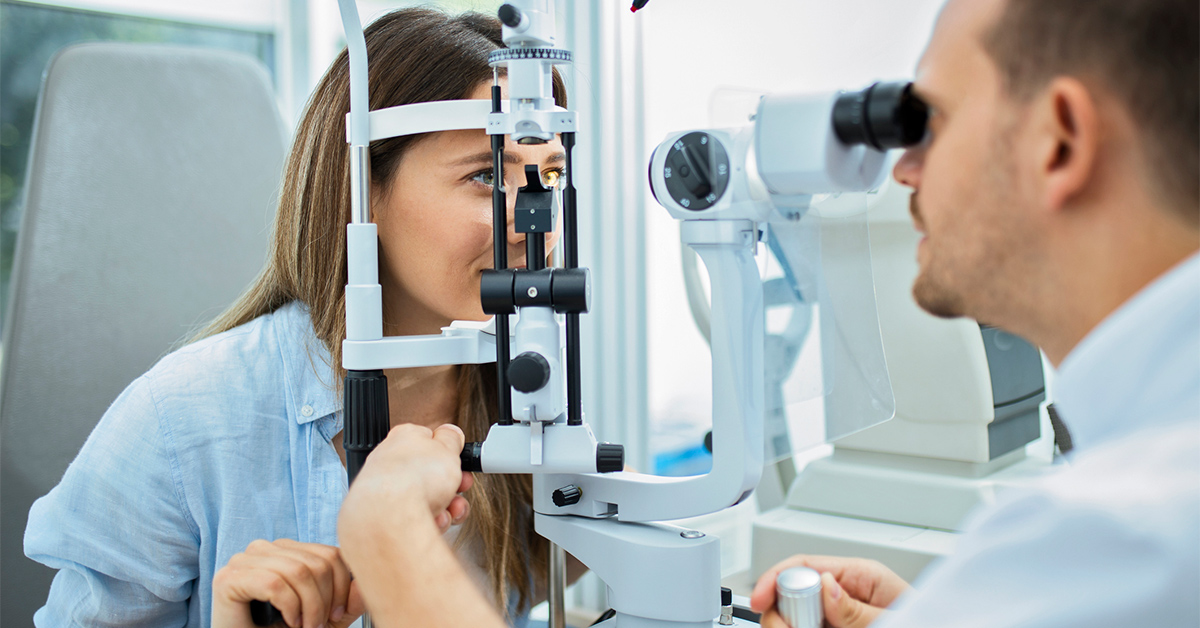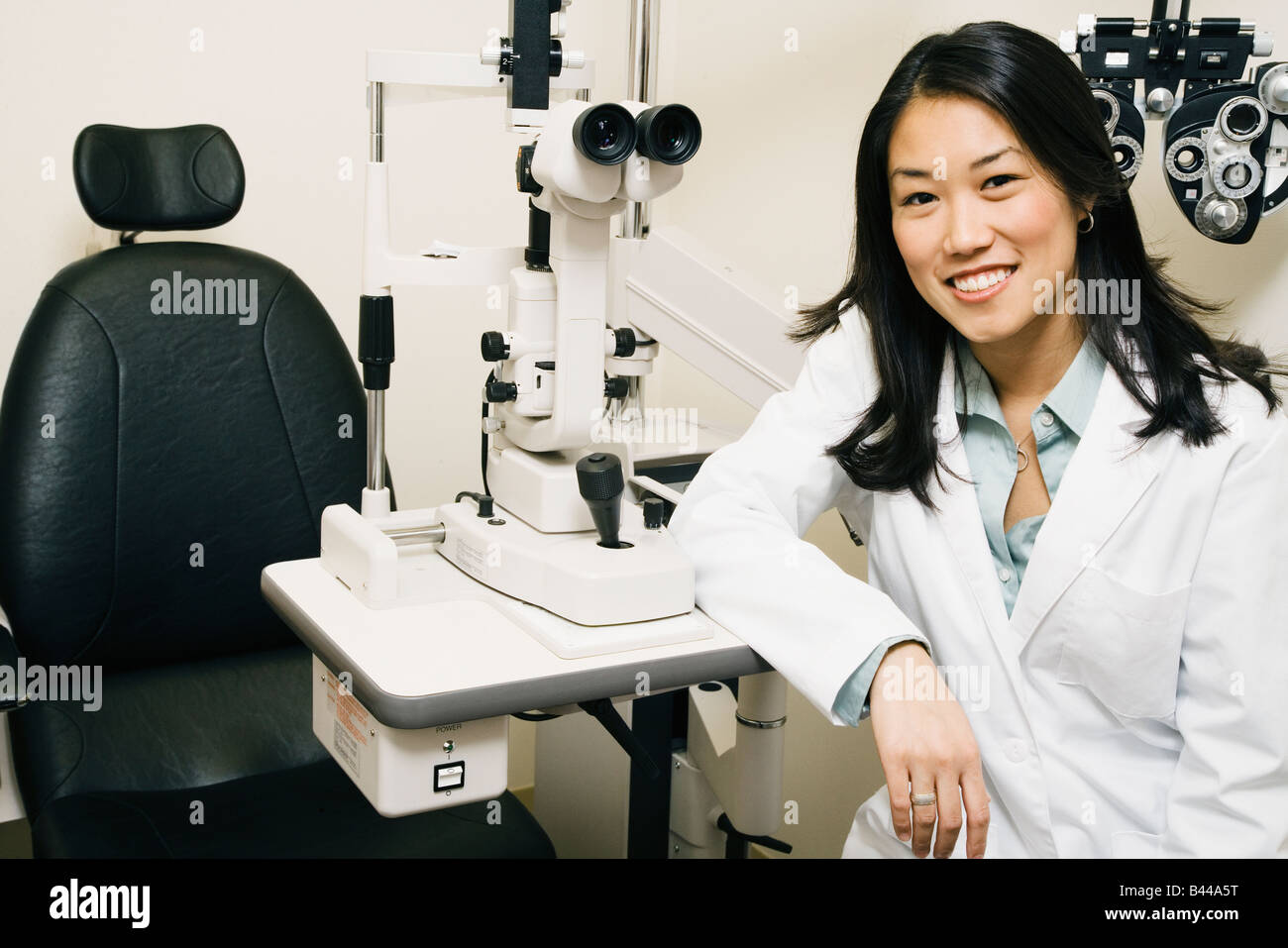Understanding the Duty of Your Eye Doctor in Keeping Vision
Understanding the Duty of Your Eye Doctor in Keeping Vision
Blog Article
Exploring the current Technological Improvements in Optometry and What They Mean for Optometrists
In the ever-evolving field of optometry, current technical developments are reshaping exactly how experts approach eye care. From the precision of Optical Coherence Tomography to the nuanced understandings offered by AI-driven analysis devices, these technologies are setting new standards in client assessment and treatment. Teleoptometry is poised to redefine access, guaranteeing that expertise goes beyond geographical constraints. As these innovations permeate the practice, eye doctors are faced with the difficulty of accepting these tools to improve patient end results. The inquiry remains: exactly how will these technological changes redefine the roles and obligations within the career?
Advancements in Diagnostic Tools
Progressing the area of optometry, technologies in analysis tools have revolutionized the method eye treatment specialists analyze and diagnose aesthetic problems and eye problems. The past years has actually observed substantial technological developments, making it possible for more comprehensive and accurate assessments. Optical Coherence Tomography (OCT), for instance, provides high-resolution cross-sectional photos of the retina, enabling the very early detection of diseases such as glaucoma and age-related macular deterioration. This non-invasive imaging technique has come to be indispensable in modern optometric technique.
Another trick advancement is the intro of sophisticated corneal topography systems, which map the surface curvature of the cornea with precision. These devices are particularly valuable for suitable get in touch with lenses and diagnosing corneal disorders. Additionally, digital retinal imaging has changed standard ophthalmoscopy, providing comprehensive, panoramic views of the retina that help with extensive visual examinations.
The growth of wavefront aberrometry has additionally been important, making it possible for the analysis of refractive errors with unequaled accuracy (Opticore Optometry). This technology helps in tailoring rehabilitative lenses and boosting surgical end results for refractive surgical treatments. Collectively, these analysis innovations encourage eye doctors to deliver exceptional individual treatment, ensuring very early intervention and tailored treatment strategies, inevitably improving aesthetic wellness end results
AI in Person Monitoring
Structure on the structure of sophisticated diagnostic tools, the consolidation of synthetic knowledge (AI) in patient administration represents a transformative jump for optometry. AI systems are increasingly used to improve effectiveness, precision, and personalization in individual care. By evaluating substantial amounts of information, AI can determine patterns and anticipate possible eye problems, allowing optometrists to tailor interventions better. This capability is essential in taking care of chronic eye diseases such as glaucoma and diabetic person retinopathy, where early discovery and constant surveillance are crucial.
Additionally, AI-driven systems assist in streamlined patient interactions and administrative procedures. Automated scheduling, online appointments, and customized follow-up plans not only improve individual complete satisfaction yet also optimize time management for professionals. These systems can triage clients based on the necessity of their conditions, ensuring that those in crucial need obtain timely interest.
In addition, AI boosts decision-making by providing optometrists with evidence-based referrals and treatment pathways. By integrating data from digital wellness documents, AI tools supply understandings that inform scientific decisions, reducing the danger of errors and improving person end results. As AI proceeds to develop, its role in client management will likely increase, reshaping the landscape of optometric care.
Advancements in Retinal Imaging
In the world of optometry, retinal imaging has witnessed exceptional technical innovations that are boosting analysis abilities and patient treatment. Advancements such as Optical Coherence Tomography (OCT) and fundus photography have changed how optometrists analyze the retina and picture. OCT, in particular, provides high-resolution, cross-sectional images of the retina, enabling the in-depth exam of its layers. This ability is important for early detection and monitoring of problems like glaucoma, diabetic person retinopathy, and age-related macular deterioration.
Enhanced imaging methods like OCT angiography are additional refining analysis precision. This non-invasive technique maps blood flow in the retina, providing More hints crucial insights into vascular wellness without the demand for color shots. Furthermore, flexible optics technology is being incorporated right into retinal imaging systems to fix eye aberrations, supplying unmatched photo clarity. Such improvements assist in the recognition of minute retinal adjustments that might represent condition progression.
Furthermore, advancements in expert system are enhancing retinal imaging by making it possible for automated evaluation of big datasets. These systems aid eye doctors in determining patterns indicative of pathology, consequently boosting diagnostic precision and effectiveness. Collectively, these developments are transforming retinal imaging into a foundation of contemporary eye care, improving outcomes and expanding restorative opportunities.
Teleoptometry's Expanding Function
Teleoptometry is increasingly coming to be a crucial component of eye treatment, driven by innovations in digital interaction and analysis tools. This is especially beneficial in rural and underserved areas where accessibility to specialized eye treatment is frequently limited.
The combination of expert system (AI) more enhances teleoptometry, enabling the analysis of aesthetic data and assisting in the detection of ocular conditions such as glaucoma and diabetic retinopathy. AI-powered algorithms can quickly analyze complicated imaging data, providing eye doctors with beneficial insights that strengthen scientific decision-making.
Moreover, teleoptometry supports continuity of care via smooth combination with electronic health documents (EHRs), enabling optometrists to keep detailed individual histories. This makes sure that people get consistent and personalized treatment even when seeking advice from various experts.
Despite these benefits, difficulties remain, consisting of ensuring information safety and handling person assumptions. However, teleoptometry represents a significant stride in the direction of more easily accessible, efficient, and patient-centered eye treatment. As modern technology evolves, its duty is poised to broaden better.

Future Fads in Eye Treatment
A myriad of cutting-edge patterns is readied to reshape the future of eye care, driven by technological advancements and the advancing requirements of individuals. One substantial trend is the integration of fabricated intelligence (AI) in diagnostics, which promises to boost the accuracy and effectiveness of eye examinations. AI formulas can evaluate huge quantities of information from retinal images, potentially finding problems like diabetic person retinopathy and glaucoma earlier than standard approaches.
In addition, tailored medication is gaining traction in optometry, with hereditary screening educating customized treatment strategies. This approach aims to optimize patient end results by customizing treatments to see this here private genetic profiles. Wearable modern technology, why not try this out such as wise call lenses, is additionally imminent, supplying real-time tracking of intraocular pressure or sugar levels, hence offering continuous understandings into eye and systemic health.
The adoption of augmented truth (AR) and virtual fact (VIRTUAL REALITY) in training and patient education is another arising fad. These innovations offer immersive experiences that can improve understanding and skills both for eye doctors and individuals. As these patterns advance, eye doctors have to remain abreast of technological improvements to offer innovative treatment, making certain better person results and contentment in the vibrant landscape of eye treatment.
Verdict

Collectively, these diagnostic developments encourage eye doctors to deliver premium person care, making sure early intervention and tailored therapy techniques, inevitably boosting visual health and wellness end results.

As these technologies proceed to evolve, optometrists should adjust and include them into technique, ultimately maximizing workflow effectiveness and elevating the requirement of eye treatment provided to patients.
Report this page